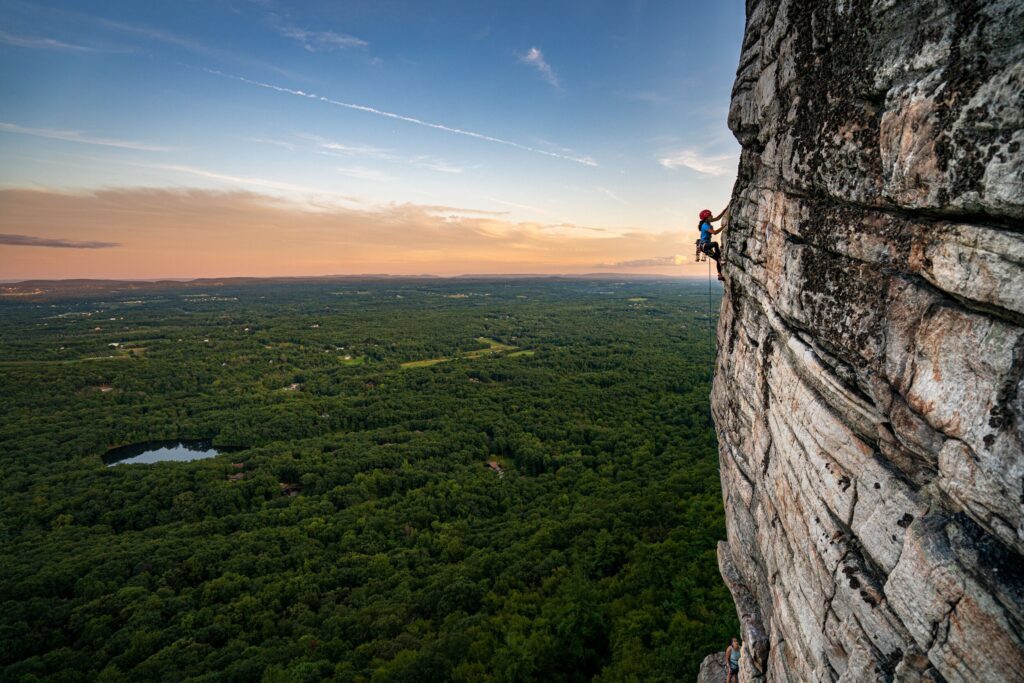Rock climbing is an exciting and physically demanding outdoor activity that allows you to challenge yourself while surrounded by nature. To reach new heights on the cliffs, it is essential to have the right gear, choose the appropriate cliff based on your skill level, and master basic techniques such as footwork and body positioning. Safety should always be a priority, and building strength and endurance through training is key to improving climbing performance. Mental preparation, including mindfulness techniques, is also important when facing challenging routes. By following these tips, climbers can enhance their skills and confidence to take their adventures to the next level.
Rock Climbing 101: How to Reach New Heights on the Cliffs
Introduction:
Rock climbing is a thrilling and challenging outdoor activity that allows you to test your physical and mental strength while surrounded by the beauty of nature. Whether you are a beginner or an experienced climber looking to hone your skills, there are always new heights to reach on the cliffs.
Gear and Equipment:
Before you embark on your rock climbing adventure, it is important to ensure that you have the right gear and equipment. This includes a properly fitting harness, climbing shoes, a helmet, a chalk bag, carabiners, a belay device, and a rope. Additionally, make sure to dress in comfortable, moisture-wicking clothing that allows for a full range of motion.
Choosing the Right Cliff:
When selecting a cliff to climb, it is important to consider your skill level and experience. Start with beginner-friendly cliffs with well-marked routes and easy access to ensure a safe and enjoyable climb. As you gain confidence and expertise, you can progress to more challenging climbs with greater technical difficulty.
Basic Techniques:
Rock climbing requires the mastery of basic techniques to ensure a successful ascent. These include proper footwork, handholds, body positioning, and balance. Practice these techniques on easy climbs before attempting more difficult routes.
Safety First:
Safety should always be your top priority while rock climbing. Before you begin your climb, check your gear for any signs of wear or damage, and double-check your knots and belay setup. Climbing with a partner is advisable, as they can provide you with support and assistance in case of an emergency.
Building Strength and Endurance:
Rock climbing is a physically demanding sport that requires both strength and endurance. Incorporate strength training exercises such as pull-ups, push-ups, and core exercises into your workout routine to improve your climbing performance. Additionally, include cardio activities such as running or cycling to enhance your endurance on the cliffs.
Mental Preparation:
Rock climbing can be a mentally challenging activity, especially when faced with difficult routes or exposed heights. Practice mindfulness techniques such as deep breathing and visualization to calm your nerves and stay focused on the task at hand. Remember to set realistic goals for each climb and celebrate your achievements along the way.
Conclusion:
Rock climbing is a rewarding and exhilarating sport that allows you to push your limits and experience the thrill of reaching new heights on the cliffs. By following these tips and techniques, you can enhance your skills and confidence as a climber, and take your climbing adventures to the next level.
